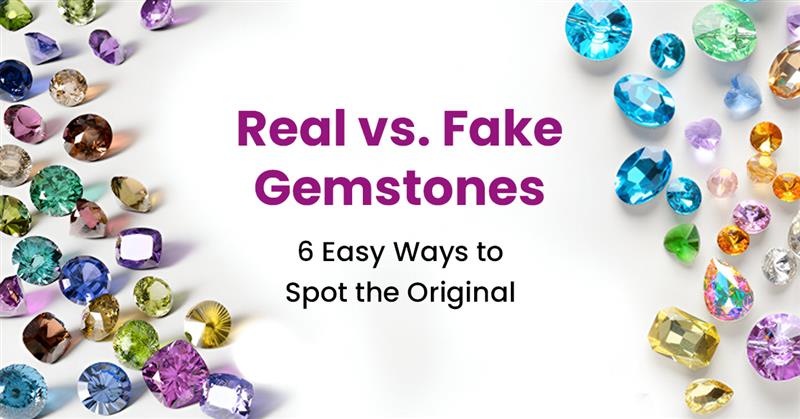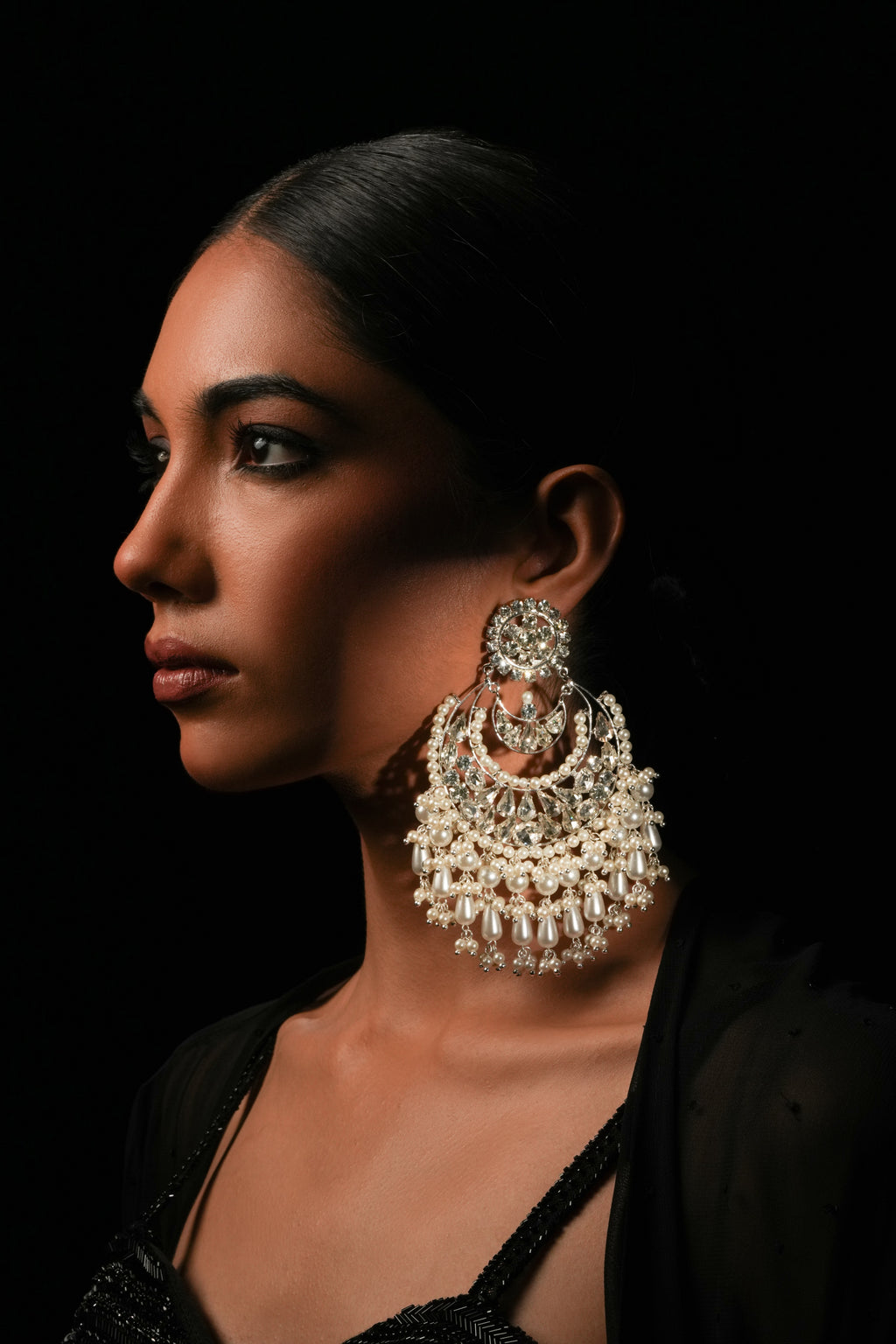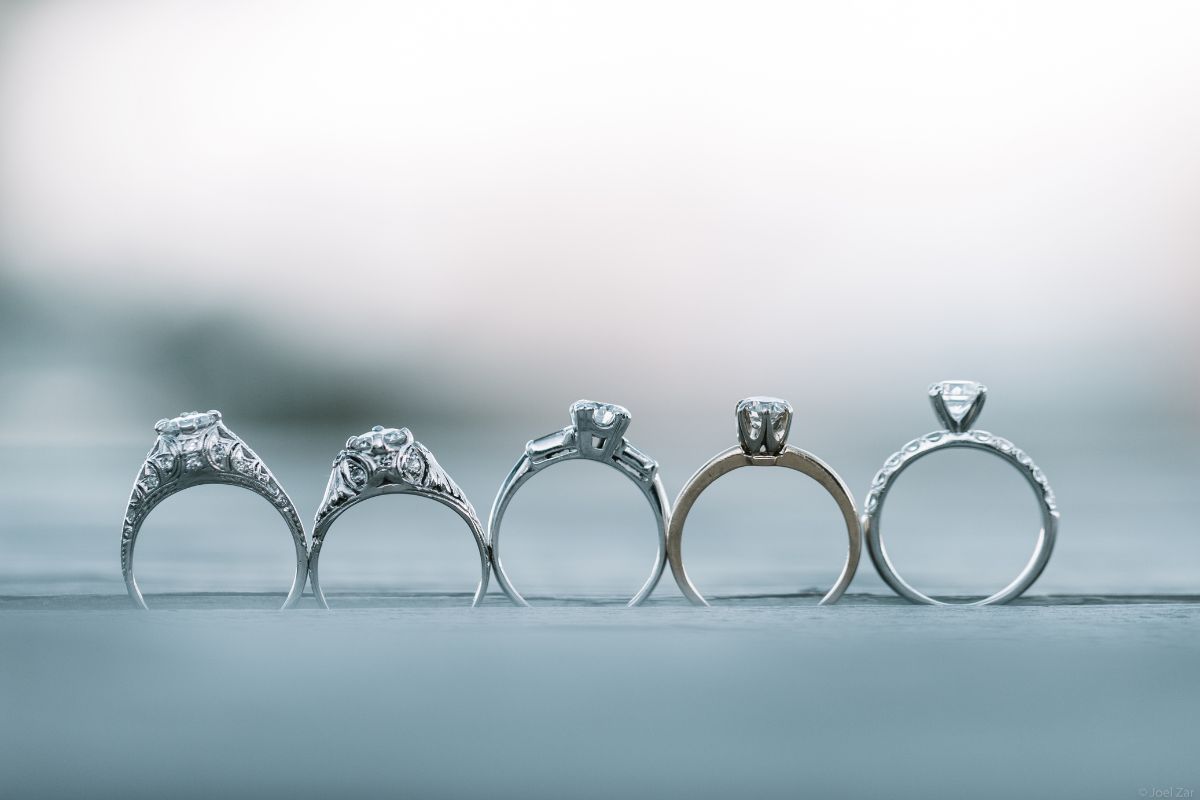Real vs. Fake Gemstones: 6 Easy Ways to Spot the Original

Strong 8k brings an ultra-HD IPTV experience to your living room and your pocket.
In the world of gemstones can deceive. It is becoming increasingly difficult to tell the difference between fake and real gemstones as synthetic and imitation stones get more sophisticated. Knowing how to identify real stones can help jewelry collectors, investors and jewelers avoid fraud and make educated purchases. We reveal six practical and reliable methods that will help you identify real vs fake gemstones.
1. Use a loupe or microscope to check for inclusions
The most reliable way to determine real gemstones is by examining internal characteristics. These are also called inclusions.
- Natural gemstones contain inclusions like needles, crystals or growth lines, which are formed naturally during the growth process.
- Fake or synthetic gemstones tend to be too clean, or have gas bubbles. This is typical of lab-created or glass stones.
- You can see these inclusions using a 10x Jeweler's Loupe or a gemological microscope. It is not uncommon for a flawless gem to be a warning sign. Nature rarely creates perfect gemstones.
2. Use a scratch test to determine the gemstone's hardness
The hardness of gemstones and their resistance to scratching varies. The Mohs hardness scale can be used to measure the difference between diamonds and talc.
- The real gemstones are of a consistent hardness level , and they will not scratch.
- Fake Stones can show signs of wear and scratches with even minimal contact.
As an example:
- Diamonds may scratch glass or other gemstones.
- The imitations that are softer, such as cubic zirconia and glass, will be more likely to scratch or damage.
- Caution Do not scratch stones that are mounted or of low value. This test may cause damage.
3. The Stone's Transparency and Color should be observed
The color of a gemstone is an important visual indicator. However, natural gemstones have subtle and varied colors as a result of the mineral formation process.
- Natural gemstones may exhibit minor imperfections in tone or color banding.
- Synthetic or fake stones have colors that are unnaturally bright and consistent , which can make them appear to be too perfect.
As an example:
- A true emerald can have a vivid green color with internal small fractures called "jardin".
- A fake Emerald is often made from colored glass and will have an even, flat tone of green with no inclusions.
- Watch the transparency. Real gemstones will show internal structure and depth, while fakes are too clear or cloudy.
4. Test the gem's weight and density
Each gemstone has a different density or specific gravity . The weight of fake gemstones is often lighter than the real thing.
- Test for weight: Compare the size of the gemstone to another that is the same. Due to its higher density, a real gem will feel heavier when compared.
- Professional gemstone experts use hydraulic balances, or precision scales, to accurately determine specific gravity.
- This test can be used to identify diamond imitators such as moissanite and white sapphire which are different in density.
5. Find out about Expert Certification
When purchasing gemstones of value, always request certificate from a reputable gemological laboratory.
The top certification bodies include
- GIA HTML0
- IGI
- AGL
- GII HTML0
These labs provide detailed reports that verify:
- The gemstone can be natural or synthetic
- Any enhancements or treatments
- The color, clarity and carat weight of the stone
- certificates add credibility and transparency to the seller’s claim.
6. Tests for Thermal Conductivity and UV Light
Gemologists use advanced testing methods to reveal properties that are invisible to the naked eyes.
UV Light Test
- Many natural gemstones fluoresce under UV (ultraviolet) light in specific ways.
- diamonds, for example, often have a blue glow while fake diamonds might not.
Thermal conductivity Test
- Diamond testers measures how quickly heat moves through the stone.
- Real diamonds conducts heat quickly, distinguishing themselves from fakes such as cubic zirconia which are poor conductors.
The compact and affordable versions of these instruments can be very useful for those who deal with high-value stones frequently.
Bonus Tip - Buy from Reputable and Ethical Suppliers
Only buy from transparent, trusted sellers. Reputable jewelers:
- Disclosure of all gemstone enhancements or treatments
- Return policies and warranties
- Register or affiliate with recognized gemological organizations
- Seek out suppliers that support conflict free mining practices, and fair labor standards.
Conclusion
The risks of purchasing fake or treated gemstones are high in today's global market. By learning how to identify stones using practical methods, such as checking for inclusions, hardness and color, weight and certification, you can make better choices.
Do not be fooled only by the beauty. Genuine gemstones are not only valuable, but they also carry the energy of nature. You can invest with confidence in timeless, authentic treasures if you are aware.
Note: IndiBlogHub features both user-submitted and editorial content. We do not verify third-party contributions. Read our Disclaimer and Privacy Policyfor details.







